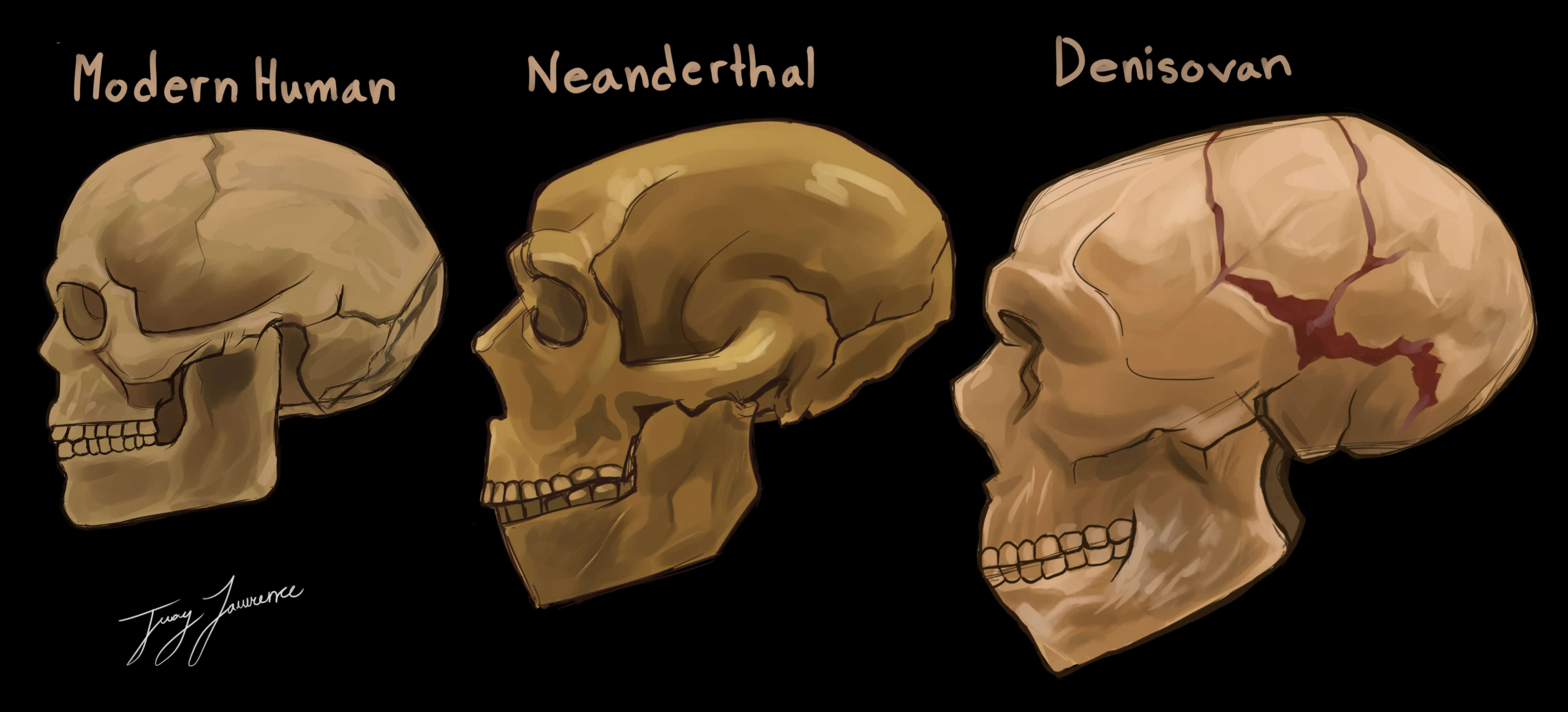A single bone fragment can reveal thousands of years of human history.
In a study published in Nature, a team of researchers, including U of T Professor Bence Viola, identified a hybrid between two extinct lineages of hominids — Neanderthals and Denisovans — in a bone fragment.
Neanderthals lived on earth about 40,000 years ago, and, along with modern humans, they evolved from Homo erectus. Denisovans diverged from Neanderthals, but little is known about them other than bits of information recovered from bone fragments of their extremities, found in a Denisova Cave in Siberia’s Altai Mountains.
This is why, when researchers found a bone fragment in the Denisova Cave in 2012, they didn’t give much thought to the finding; it looked like all the others, an ordinary and tiny piece of what was thought to be part of a bear or lion.
After all, when a site is being excavated, many items are found, including pieces from animals and insects.
“There are 100,000 bone fragments found at a time and this particular one had a length of only 2.5 centimetres long, roughly the size of a toe bone,” said Viola.
A few years following the discovery, the fragments were analyzed for collagen. Finding a long bone fragment gave researchers an advantage for conducting DNA extraction techniques because of its morphology; it preserves better and allows for further manipulation.
“The bone was also discovered to have an acid coating which suggested it was digested by hyenas,” added Viola. The fact that DNA evidence survived this process makes this discovery even more extraordinary.
The bone was determined to belong to a female around age 13. This teenager died 90,000 years ago and was the offspring of a Neanderthal mother and Denisovan father.
Viola couldn’t believe it.
Based on previous studies, it was assumed that Neanderthals and Denisovans occasionally interacted, but interbreeding between the two hominins was thought to be rare.
This breakthrough informs researchers that interbreeding could have contributed to the gene flow, or transfer of genetic information, and it is now evident in the bone fragment.
The fragment is also evidence that the two species were in the same region at the same time.
Interbreeding is a result of various factors, such as an attempt to colonize certain areas. The discovery could help shape our understanding of hominin interactions and forms the basis to determine further benefits to interbreeding.
As such, this finding allows researchers to try and understand the lives of our closest ancient human relatives.


